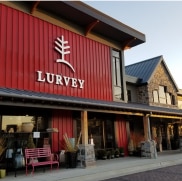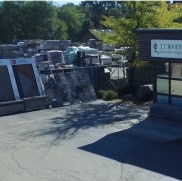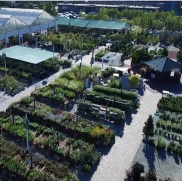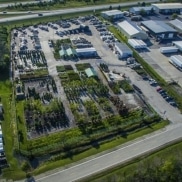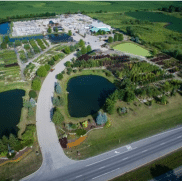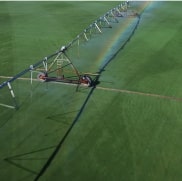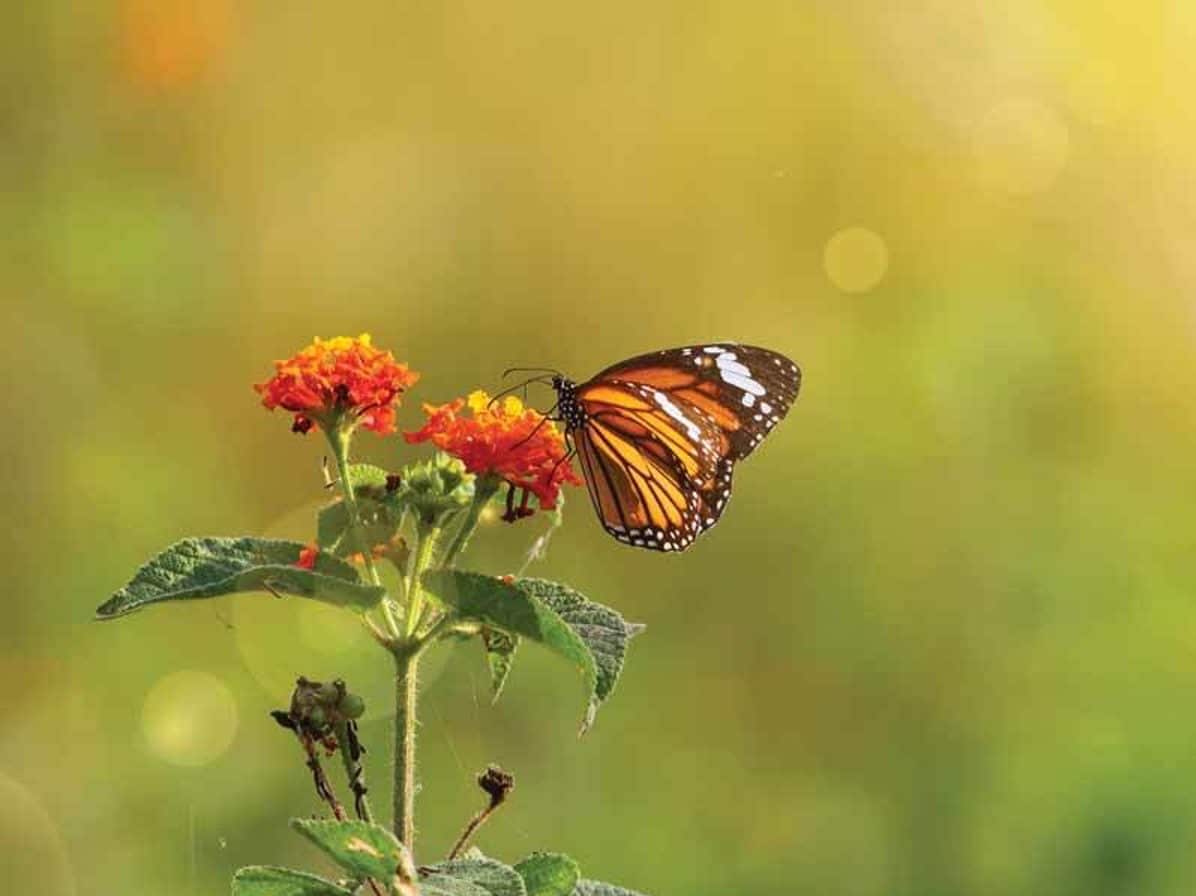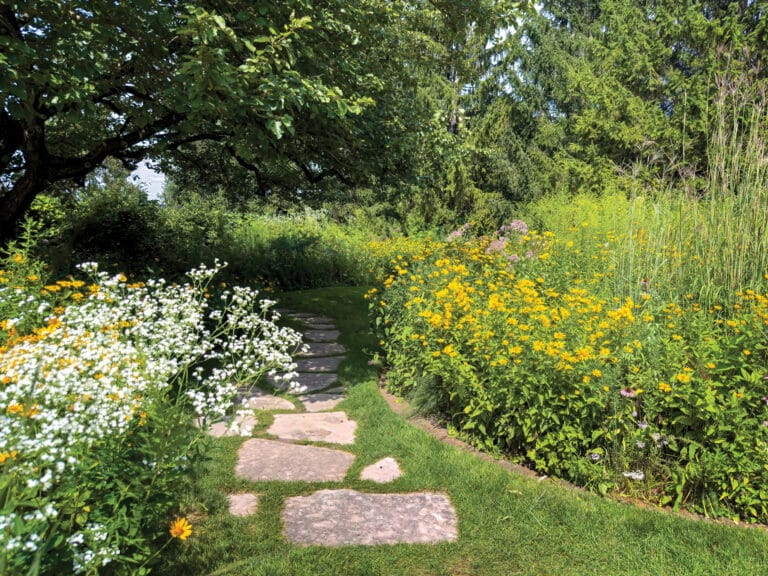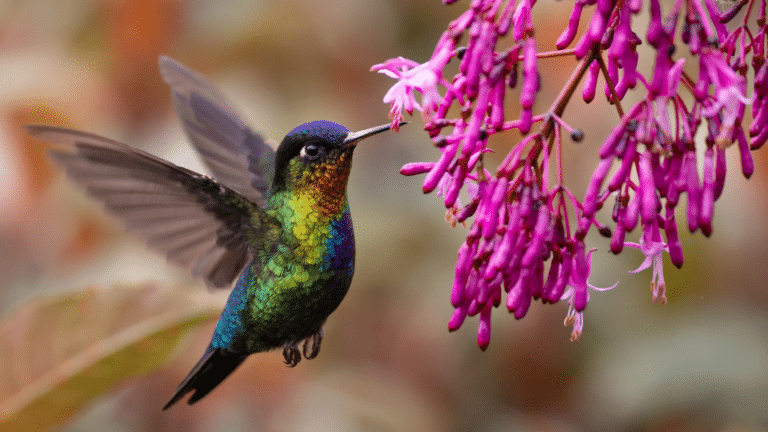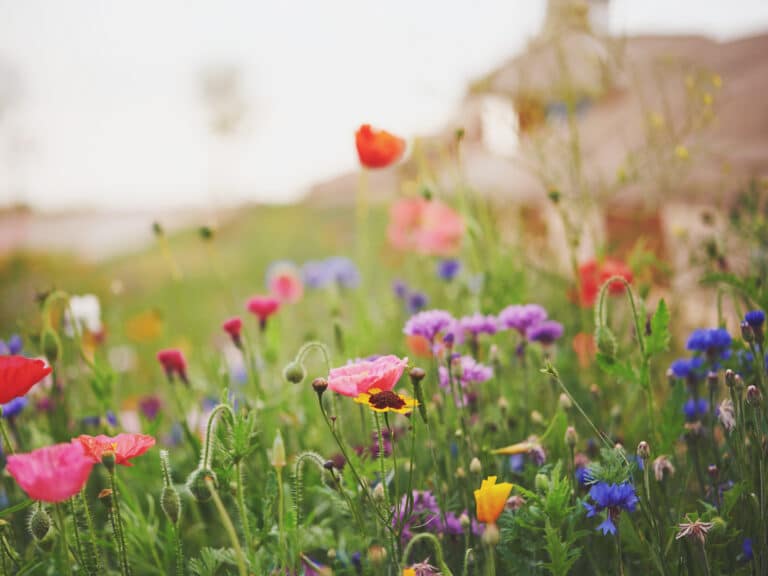Native plants play a unique role for pollinators in providing a habitat for their life cycle. We are all familiar with the necessity of having Milkweed available to support the Monarch Butterfly’s life cycle. Without these and other pollinators, no life can survive on Earth. Of the 1,400 crop plants grown around the world, about 80% require pollination by animals. Visits from bees and other pollinators are vital to crop health. In the United States alone, pollination of agricultural crops is valued at 10 billion dollars annually.
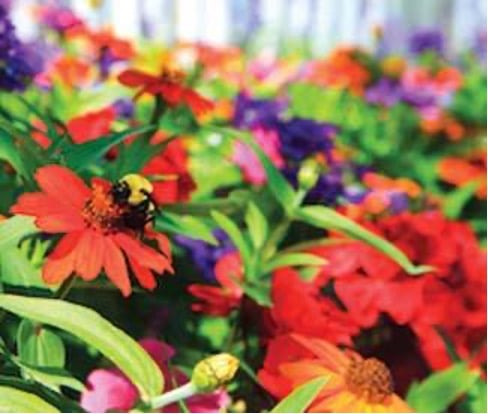
Monarchs cannot survive without Milkweed to support the caterpillar that eventually becomes a Monarch Butterfly. Other insects, including the all-important pollinating bees, also require specific native plants for their life cycle. We can help them by including some native plants in our gardens.
Here’s a list of perennials to get you started:
Milkweed, including Butterfly Weed, Swamp Milkweed, and Common Milkweed; Coneflower, particularly the native Purple Coneflower, Monarda, Coreopsis, Penstemon digitalis, Black-eyed Susan, and several grasses including Little Bluestem, Panicum, Prairie Dropseed, and June grass.
Creating Habitat for Pollinators
Besides the right flowering plants, your garden should include other things to support pollinators. Here’s a checklist: Use little or no pesticides, as pesticides are suspected as one of three significant causes of honeybee Colony Collapse Disease. Plant flowers in drifts. Pollinators are attracted to masses of color.
Provide Sources of Water
We suggest putting out a dish of moist sand or gravel for butterflies and bees that like a drink but prefer to avoid landing on water. If you want to provide standing water, make sure the container has sloping sides for the smaller birds, bees, and butterflies to catch a drink from the safety of the water’s edge.
Provide Food Variety
In addition to the flowers we’ve suggested, the Pollinator Project offers old-fashioned Lantana, Zinnias, Cosmos, and single Sunflowers for both bees and birds.
Create Shelter
Pollinators need habitat and shelter, especially from the stormy weather we’ve had this year. It is best to plant both short and tall flowers, small and large shrubs, and trees to provide a variety of options for shelter. Leaf litter and small piles of twigs or cuttings also provide shelter and nesting spots.
We are also partnering with the Chicago Botanic Garden on a project called Budburst. Learn to observe what insects come to which plants, natives or nativars? We will be selling the selected perennials and participating, and so can you! So consider adding plants that attract pollinators to your garden this summer. Learn about Budburst and how you can participate in a national nativars research project, in your own garden!
